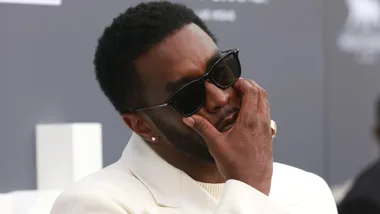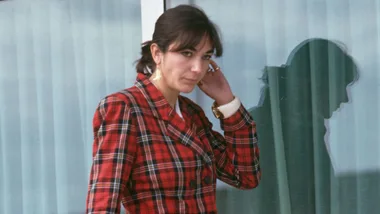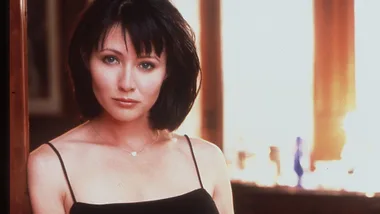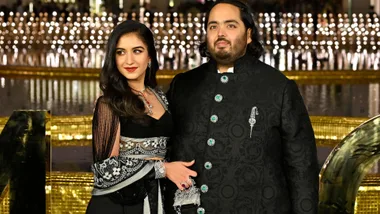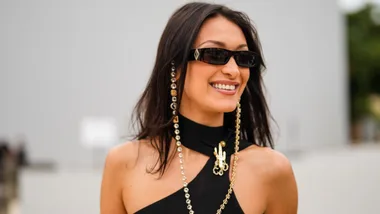Spare a thought for the 96 most senior men and women of the BBC. Since last week they have been grappling with the ignominy of having the size of their pay packets publicly revealed.
The salaries of on-air talent had previously been secret but the British broadcaster was compelled by the government to release details about what its top earners make.
To say it’s opened a can of worms is an understatement.
The discrepancy between the earnings of men and women is stark.
Of the 14 best-paid stars, just two are women.
The BBC’s highest-paid female, Claudia Winkleman, earns between £450,000-£499,000 pounds a year. It’s not a salary to scoff at until you learn the highest paid male, Chris Evans, takes home 2.2 million pounds a year. Put another way, the best paid male earns more than four times what the best paid woman does.
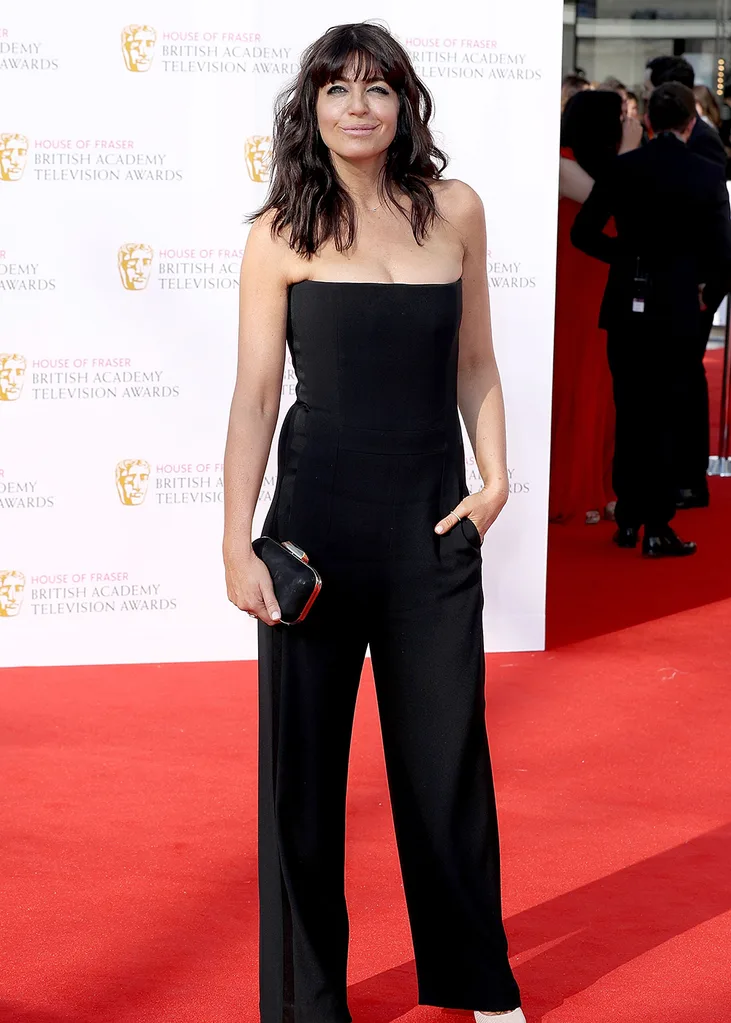
Men hold two-thirds of the BBC’s highest-paying jobs.
The revelations are sobering and alleviating at once: they confirm, in black and white, the gender pay gap exists.
These numbers countenance the baseless, albeit popular, assertion that they pay gap is a myth.
It is illegal, here and in the UK, to pay men and women differently for the same work. Equal pay has been mandated for over 30 years. And yet? There is a seemingly intractable gap between the earnings of men and woman.
When discussing the pay gap, we are often forced to consider overall numbers. Even the most sensible, fair-minded among us find the discrepancy hard to accept. Why would such discrimination occur? Surely, there’s something missing from the figures?
It is rare we get to see the pay gap in such gritty, revealing details as we have with the BBC. There is limited transparency when it comes to income – and that crosses industries, sectors, companies and cultures.
And when we’re in the dark it’s difficult to see what is what. When the numbers see the light of day, however, suddenly the inequity is visible.
How could it possibly be that the BBC’s top male presenter is worth in the vicinity of 1.7 million pounds MORE than the top-paid woman?
Are the BBC’s male presenters really that much more talented than their female peers to justify their overrepresentation in the top earners?
These numbers defy logic, not to mention equity. Forty of the BBC’s top female personalities have bandied together and requested the director general Tony Hall tocorrect the pay gap.
Senator Pauline Hanson wants the ABC to follow the BBC’s lead. She has requested the salaries of their top talent be published but the ABC has declined.
“The ABC’s own gender pay gap analysis shows there is no pay gap that is unfavourable to women at any level,” a spokesman for the broadcaster said.
If true, it seems all the more reason to publish the figures. If the ABC has no pay gap let’s celebrate it.
They need not have names attached to salaries but seeing the breakdown of what men and woman are paid should be encouraged.
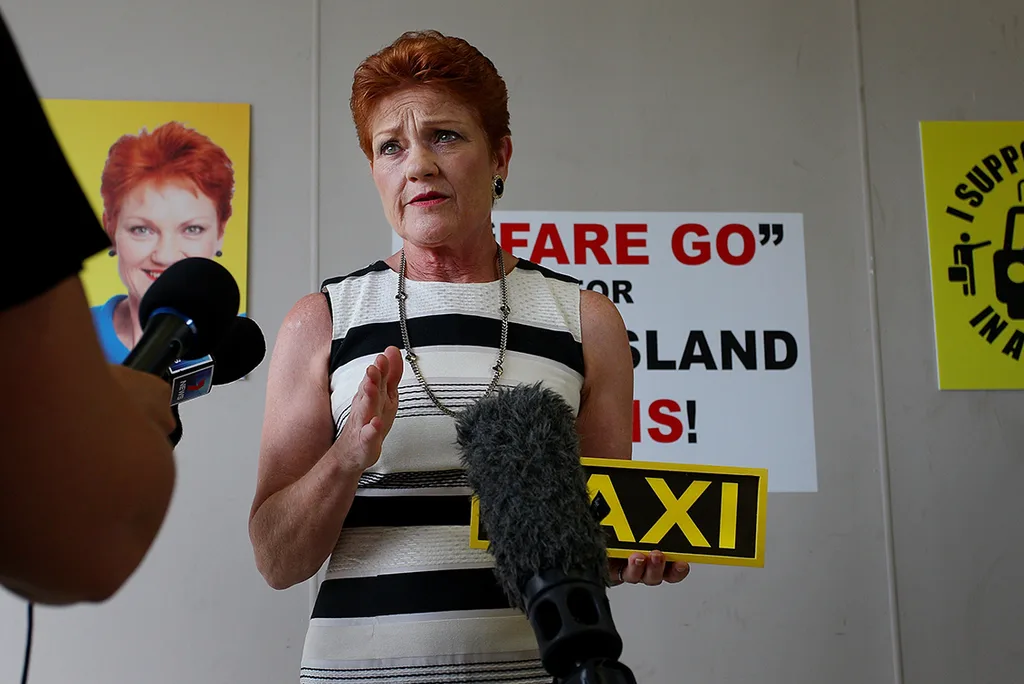
Our Workplace Gender Equality Agency has long championed the need for organisations to undertake a pay gap audit. Without delving into their own numbers, it is impossible for any business to know if a pay gap does or doesn’t exist.
One managing partner of a Sydney law firm discovered a pay gap to the tune of 20 per cent at every level, despite his fervent belief beforehand that no pay gap could possibly exist.
Between 2015-16 a little over a quarter of the 12,000 organisations that report to WGEA undertook a pay gap analysis. Those organisations employ a combined four million Australians so they’re hardly insignificant.
It’s probably fair to say that if the biggest organisations, which are required to report their figures to WGEA, aren’t undertaking any pay analysis, neither are many of the smaller employers.
Which means we really are in the dark about pay, which means we don’t have the power to change it.
Until last week the female presenters of the BBC didn’t know for sure whether they were paid the same as their male colleagues.
They may have had a hunch they weren’t being paid as well. They may have thought it was all on par. They may have gathered some anecdotal details about who might have been paid what.
But until they could see exactly what all of the top earners were taking home, that information wasn’t helpful. Now they have the numbers and the context. Now, they can challenge their employer.
That is a luxury very, very few of us will ever enjoy.
The unwillingness to examine any discrepancy between what men and women earn, and bring that to light, is frustrating.
It shows the pay gap isn’t intractable because it’s impossible to fix. It shows it has remained intractable because too many employers have lacked the will to address it.
Any organization that hasn’t got a pay gap ought to publish that information. They should broadcast it far and wide. For one thing, they will be sure to attract top female talent and for another, they might just prompt their competitors to do the same.
Full disclosure is the only way to go if we’re serious about stopping the pay gap.



